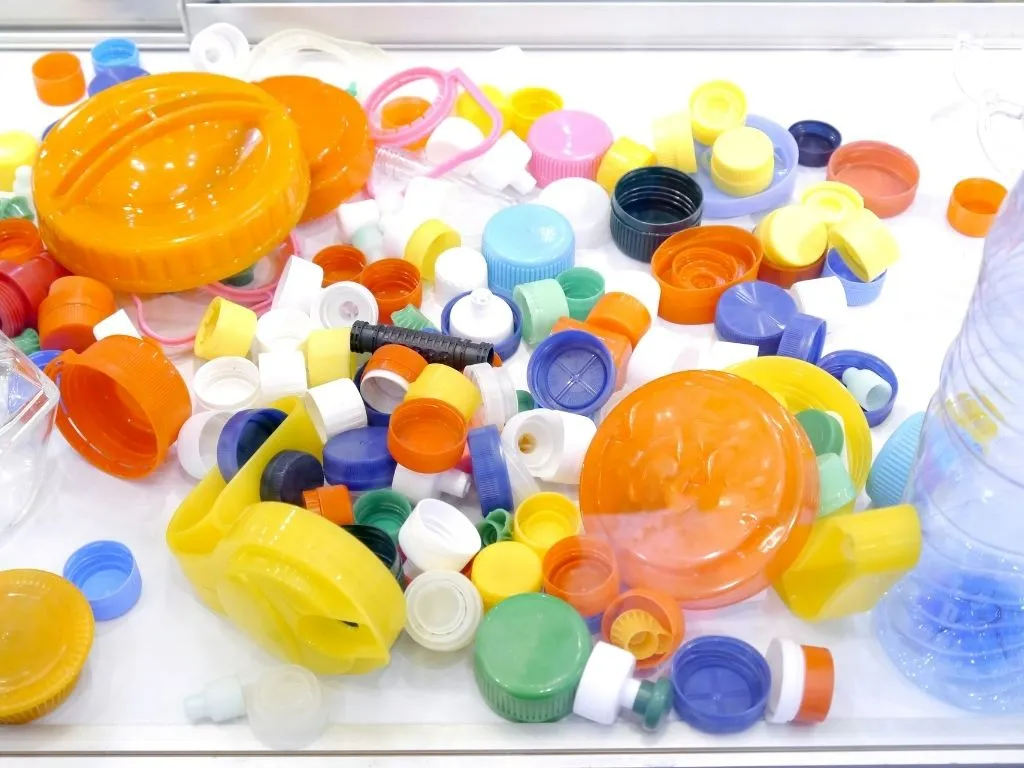- Home
- News Details
News Details

Hazardous chemicals found in plastic products in Africa and Arab
2022-06-02 Reference source : IPEN
Circular economy Hazardous waste Plastics Hazardous chemicals
Two Non-Governmental Organizations conducted tests on toys and other consumer products found on sale in African and Arab countries. A report published on May 24, 2022, shows that the tests discovered about 20% of the sampled products contain high levels of toxic flame retardant chemicals and brominated dioxins, including substances that are banned under international agreements.
The concerned products that tested positive for the highest concentrations of brominated flame retardants (BFRs), brominated dioxins, and other toxic chemicals include:
- Toys; a toy car and two other toys purchased in Jordan and a toy purchased in Ethiopia
- A kitchen knife, purchased in Tunisia
- Office supply: a cup for pencils purchased in Tanzania
- Hair accessories; two purchased in Morocco and three purchased in Kenya
According to the Association de l'EducationEnvironnementale pour les Futures Générations (AEEFG), studies have shown that these chemicals cause cancer, infertility, and harm to children’s brain development among other serious health problems. Knowing that plastics can destroy the circular economy, there is a need for stricter POPs limits in the world. Some other tests were also done, all of which confirmed the existence of toxic substances in the products. All the tested products are made from recycled plastics and are present in 11 countries across the two regions. The 11 countries include Burkina Faso, Cameroon, Egypt, Ethiopia, Gabon, Jordan, Kenya, Morocco, Syria, Tanzania, and Tunisia.
There is currently no limit for BFRs content in products and waste in African and Arab countries. There is however an urgent need to set a regulating limit in place.
IPEN and Arnika together with eleven other organizations produced this study and their recommendations include:
- To apply stricter low POPs Content Levels (LPCLs) to waste; this will prevent the flow of e-waste and End-of-Life Vehicles (ELVs) plastic into the new products that are made from recycled plastics.
- To ban e-waste and ELVs plastics that contain a high level of toxic flame retardants from the recycling chain.
- To stop listing BFRs as individual substances and make them a class under the Stockholm Convention. Listing them individually will keep putting human health at risk.
- To add brominated dioxins to the list of unintentionally produced POPs that are regulated by the Stockholm Convention.
We acknowledge that the above information has been compiled from IPEN.
Global Product Compliance (GPC) specializes in Global Regulatory Compliance Solutions across sectors
globally. SSS Europe, a familiar name in chemical regulatory and compliance services now formally belongs
under the umbrella of GPC Holding Sweden.
Since 2008, we have emerged as one of the leading names among Global Regulatory Compliance Service
Providers with Representation services in Europe, Asia and Middle East for respective chemical
regulations.


